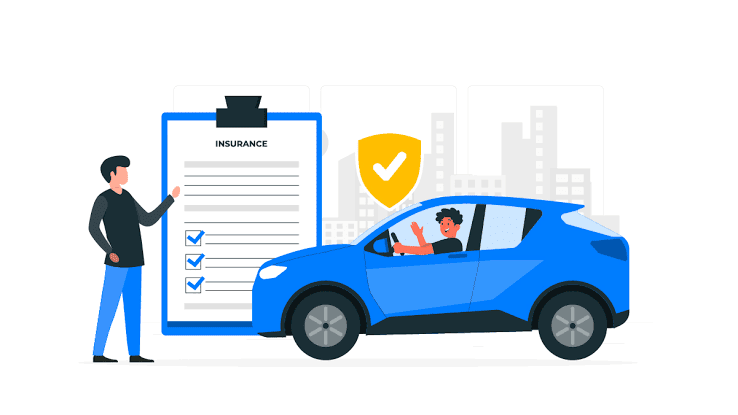Understanding Car Insurance Policies in the USA
Car insurance is a crucial aspect of vehicle ownership in the United States, providing financial protection and peace of mind in case of accidents, theft, or other unforeseen events. Navigating the intricacies of car insurance policies can be daunting, so let's break down the key components to help you make an informed decision.
 |
| Understanding Car Insurance Policies in the USA |
1. Types of Coverage:
Car insurance policies in the USA generally offer several types of coverage, including:
Liability Coverage:
This is mandatory in most states and covers bodily injury and property damage you might cause to others in an accident.
Collision Coverage:
This pays for repairs to your own vehicle in case of a collision, regardless of fault.
Comprehensive Coverage:
It covers damage caused by non-collision events, such as theft, vandalism, or natural disasters.
Uninsured/Underinsured Motorist Coverage:
This protects you if you're involved in an accident with a driver who lacks sufficient insurance.
2. Policy Limits:
Every policy comes with coverage limits, which represent the maximum amount your insurance company will pay for a claim. It's crucial to select appropriate coverage limits to ensure you're adequately protected without overpaying.
3. Deductibles:
A deductible is the amount you must pay out of pocket before your insurance kicks in to cover a claim. Higher deductibles often result in lower premiums, but you'll need to pay more in case of an accident.
4. Premiums:
Your insurance premium is the amount you pay for coverage. It's influenced by factors such as your driving history, age, location, type of vehicle, and credit score. Shopping around for quotes from different insurers can help you find the best rates.
 |
| Understanding Car Insurance Policies in the USA |
5. Factors Affecting Premiums:
Insurance companies assess various factors to determine your premium, including:
Driving Record:
A clean record typically leads to lower premiums.
Age and Gender:
Younger drivers and males may face higher rates due to statistical risk factors.
Location:
Urban areas and regions with high accident rates might lead to higher premiums.
Vehicle Type:
The make, model, and age of your vehicle impact your premium.
Annual Mileage:
More miles driven can mean higher premiums.
6. Optional Add-ons:
Insurance companies often offer additional coverage options, such as roadside assistance, rental car reimbursement, and gap insurance (covers the difference between your car's value and what you owe on a loan or lease).
7. Discounts:
Many insurers provide various discounts, such as safe driver discounts, multi-policy discounts (if you bundle multiple policies), good student discounts, and more. Inquire about these options to save on your premium.
8. Comparing Policies:
When shopping for car insurance, consider getting quotes from multiple providers. Online tools and insurance brokers can help you compare coverage options and find the best policy for your needs.
9. Filing a Claim:
In the event of an accident, promptly contact your insurance company to file a claim. Provide all necessary information and documentation to ensure a smooth claims process.
10. Review and Update:
Life circumstances change, so it's important to review your policy periodically. Update your coverage as needed to reflect changes in your driving habits, vehicle, or personal situation.
In conclusion, understanding the nuances of car insurance policies in the USA empowers you to make informed choices that align with your needs and budget. Take the time to research, compare, and select a policy that provides the necessary coverage and protection for your unique circumstances.










कोई टिप्पणी नहीं:
एक टिप्पणी भेजें